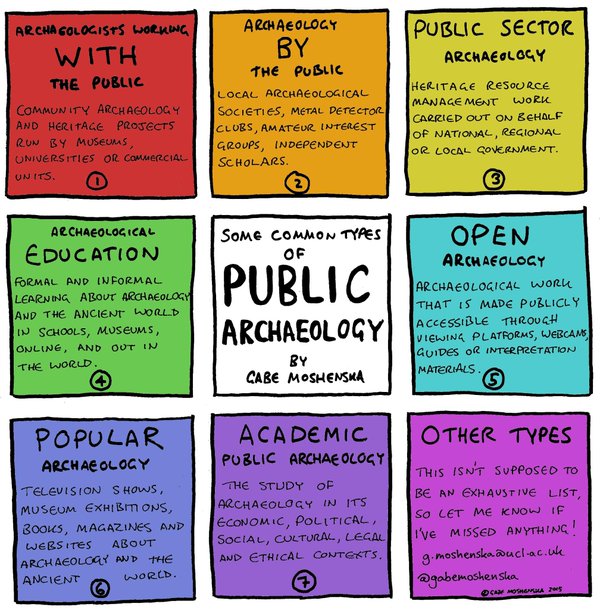The Hidalgo County Cemetery was once a forgotten cemetery in 2008, a local newspaper brought back in the thoughts of the community. The article, *“Poor, dead, forgotten: County pledges to care for long-neglected potter’s field” may have been the first stepping stone informing the community of the cemeteries that were in need of care. The County of Hidalgo in retrospect is aiming to provide social justice of the individuals of the cemetery. As they work hard on maintaining the cemetery, as a class we worked to provide as much information for each grave. By combining hands on experiences with weekly articles this class has taught me about public archaeology, Archaeologist, stakeholders, social justice, digital techniques, local history, and the importance of communication between stakeholders and the community.

Public archaeology holds many meanings, it can provide new and refreshing views on how projects can be conducted with the help of the public. By involving the public within this project our class was able to gain insights on few of the individuals who can be found within the cemetery.
The view placed upon Archaeologist by some create a negative perspective about archeology. Thoughts of archaeologist being disruptive and destructive have been creased from my mind with the help if this project. With the help from Dr Rowe, as a class we have collected data from 100+ graves without causing damage nor injury upon ourselves or the cemetery. As the class collected data, we were able do so with no disruptions to visitors of the Hidalgo County Cemetery as well as visitors of Hillcrest Memorial Park.
In the beginning this project had few stakeholders which were, the workers involved with the cemetery from Hidalgo county. As the project moved on the county requested assistance from the University Of Texas Rio Grande Valley. Accepting the request to assist UTRGV along with Dr. Sarah M. Rowe, created a public archaeology class. In turn Dr. Rowe’s ANTH 4385/6385 class became part of the stakeholders of this eminence project. Being a stakeholder of this project has giving me great joy over this Fall term.Knowing this class will further my college career while giving back to the community is an experience I will never forget.
By using other projects for insights, we have encountered similar circumstances and goals such as, using mapping techniques, using digital data collection techniques, as well as other means of locating unmarked graves. With few community members that have knowledge of the individuals founded in the Hidalgo County Cemetery we lack information on many graves, some which have headstones and others that have gone unmarked and were only found by the assistance provided by specially trained cadaver dogs.
With social justice being one of the many goals of the project a sense of pride has arisen within me. As I stated before, this project has not only has provided my with new information, it has also taught me how important the preservation of historic sites. Preserving sites like the Hidalgo County Cemetery is important not only to the family members of the decrease but it also holds importance to the community. With the data collected we can conduct research, research which may hold insightful details of the former residents of the Rio Grande Valley found in the cemetery. Using the data collected we compare death dates may assets research of deadly outbreaks such as the influenza outbreak of 1918.
Using this blog and other means of technology to further enhance the way we collect data has made it possible to provide the information gathered available to the public. At the end of this term we have yet to complete the mapping of the Hidalgo County Cemetery. Once the mapping of the cemetery is complete we hope to create a mapping system that would be available online and similar to the mapping done for the Santa Clara Valley Medical Center Historic-era Cemetery.**
As we create more opportunities for the community to get involved this project will create positive relationships between the residents of the Rio Grande Valley who hold interest within the cemetery, the county of Hidalgo, and University Of Texas Rio Grande Valley. As the project has progressed, the members of the community which we have spoken to, have assisted in locating unmarked graves, explaining how the deceased found their resting place in the cemetery and how life was before the deceased passed.
The fall term of 2017, has been full of insightful readings, hands on experiences, creative thinking, and teamwork. Giving to the community as well as learning new and different archaeological skills has been an amazing experience. With the help from the Hidalgo County this project is and will further produce remembrance for the deceased.
*http://www.themonitor.com/news/local/article_a5af4d11-45ba-5cbd-8558-5558996ef8ed.html
**http://mortuarymapping.matrix.msu.edu/index.html